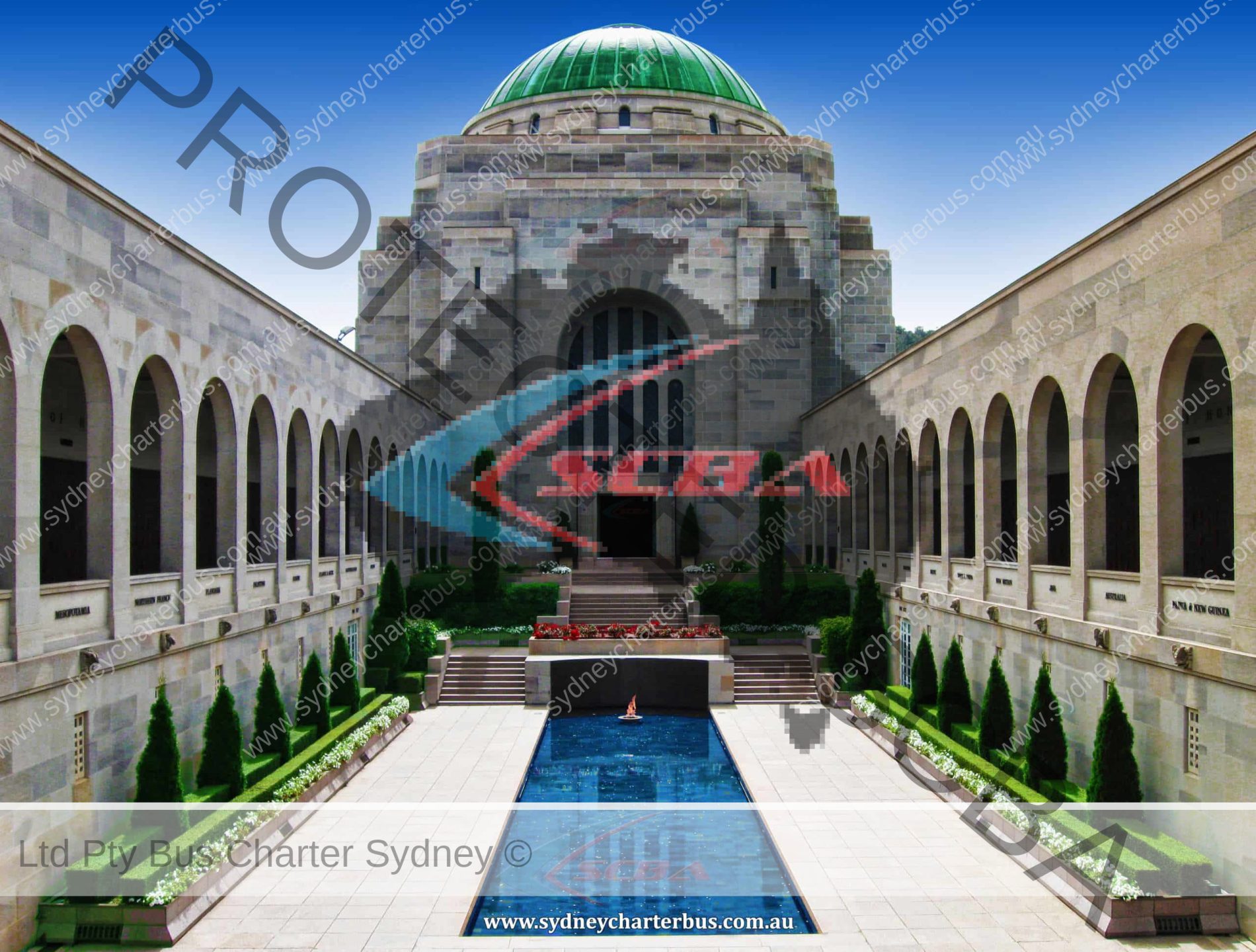Canberra Day Tours

Full day Canberra private coach & minibus tours from Sydney
Travel Time
With at least 1 compulsory stop for at least 20 minutes.
Depending on Sydney traffic and how many stops will determine the travel time.
All buses are limited to 100kph on the freeway so over long distances this adds considerable time to the journey.
Main Attractions
With many other landmarks and sights to see it is definitely worth the time.
Original Inhabitants
Local clans gathered here for corroborries and feasts on the annual bogan moths (that they would roast and eat whole) migration in summer.
Our Touring Buses
Canberra
- Lake Burley Griffin
- Embassies
- Parliament House
- Australian War Memorial
- Mount Ainslie
- Old Parliament House
- Additional Costs *
- Entry Fees (if applicable) *
- Lunch *
- Professional Tour Guide *
Meeting Place
Canberra
The Australian Capital Territory was declared on 1 January 1911.
It became a self-governing territory in 1989
Seasonal Temperatures
Autumn 6.8°C - 20°C
Winter 1°C - 12°C
Spring 6°C - 19°C
Safety & Comfort
Full Day Tours (12hrs)
Lake Burley Griffin
Lunch (own expense)
Embassies
Parliament House
Australian War Memorial
Mount Ainslie (if time permits)
Optional Extras
Australian War Memorial
National Gallery of Australia
National Portrait Gallery (Old Parliament House)
National Library of Australia
National Archives of Australia
National Museum of Australia
Canberra Information:
Canberra was home to the Ngunnawal Aboriginal peoples for more than 12,000 years.
Local clans gathered here for corrobborees and feasts on the annual bogan moths (that they would roast and eat whole) migration in summer.
The meaning of the name Canberra is still disputed today. The most excepted explanation is that it means “Meeting Place.” The meeting place could imply the bogan moth annual feast or the meeting of the rivers. The name Canberra was chosen on the assumption of the meaning “meeting place” as the government would meet there.
It derives from an Aboriginal word “Kambera” “Kamberra” “Nganbra” “Nganbirra” “Ngambri” “Nganberra” and various other spellings and corruptions.
Another explanation sometimes given, but less commonly accepted, is that the word comes from an Aboriginal word “Nganbra” meaning “gap between a woman’s breasts”, and refers to the plains that lie between Mount Ainslie and Black Mountain.
The first European land owner Joshua John Moore, named his property “Canberry Station.” Moore’s name was one of the first English transcriptions of Ngambri. It has been suggested that Canberry was named after Canterbury as the area reminded him of the English countryside. No evidence has been found to support this theory.
Canberra City:
Australia needed a capital city and Melbourne (at that time) was the fastest growing and the largest city in Australia so it was an obvious place for the capital but Sydney, another large city was supported to be the capital as it was the first city and birthplace of Australia.
Other states supported both Sydney and Melbourne and neither city could agree to the other becoming the capital.
Eventually, a compromise was reached: Melbourne would be the capital on a temporary basis while a new capital was built somewhere between Sydney and Melbourne.
The site of Canberra was chosen in 1908. An international design competition was conducted by the Department of Home Affairs in 1910, the design by Walter Burley Griffin and his wife was chosen for the city. Their idea was to divide the city into two parts using a lake as a dividing point. The sections divided into were: the civilian area and the governmental area.
The Australian Capital Territory was declared on 1 January 1911.
A variety of names were suggested for the capital, including Olympus, Paradise, Captain Cook, Shakespeare, Kangaremu, Eucalypta and Myola. The name of Canberra was eventually settled upon in 1913. It became a self-governing territory in 1989.
The area which eventually became the Australian Capital Territory (ACT) was inhabited by the Ngunnawal and Walgalu tribes. The Ngarigo lived south-east of the ACT, the Gundungurra to the north, the Yuin on the coast and the Wiradjuri to the west.
Additional Services
> Restaurant Bookings
> Professional Tour Guides
Sydney Charter Bus
All our coaches & minibus are CBUS (Charter Bus) registered & NSW Government Accredited (Acc: 35281) for Bus Lane usage and Bus Only entry and exits.

